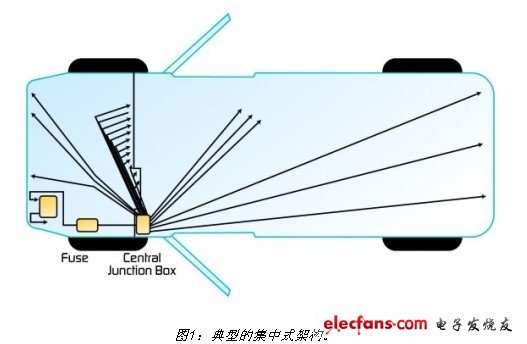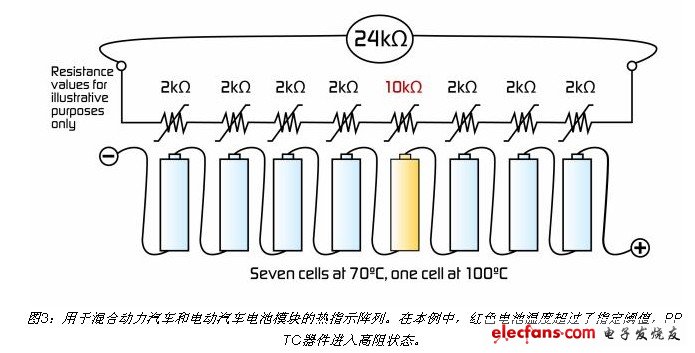The connected lifestyle has also penetrated into cars and has greatly influenced new car designs. Consumer demand and competitive pressure have forced automakers to add more and more functions and features to their cars, which in turn affect the car's electronic / electrical architecture and the components used. Greener and lighter design For today's automotive engineers, improving fuel economy and reducing greenhouse gas (GHG) emissions have become important design guidelines. Obviously, electric vehicles and hybrid vehicles are the solutions to these challenges, but the technology to reduce the weight of the car can also provide some obvious benefits, because reducing the weight and rolling resistance of the car can reduce the demand for energy and effectively reduce carbon dioxide emissions. . In addition to improving the integration of components and the use of advanced materials to help car manufacturers reduce the weight of cars, the weight of wiring harnesses is also an area of ​​particular interest, and has attracted design engineers to re-examine their design solutions to prevent car power. The function is damaged due to the high current fault condition. A challenge for design engineers is to retain and / or add circuit protection devices that help protect automotive electronic systems from possible overload conditions while reducing overall cost and weight. Since a car may often contain hundreds of circuits and more than one kilometer of wires, the complexity of the wiring system may make traditional circuit design techniques difficult to use and may lead to unnecessary over-design. Many manufacturers have found that using a distributed architecture with a resettable polymer positive temperature coefficient (PPTC) overcurrent protection device can significantly reduce vehicle weight. Figures 1 and 2 show the differences between the traditional centralized architecture and the distributed architecture. The centralized solution requires that each module is protected by an independent fuse in the junction box, see the yellow part in the figure. In this "star" architecture, each function also requires a separate wire, thus increasing weight and cost. In contrast, in a distributed architecture where multiple junction boxes are powered by a power bus, each wire coming out of the junction box can be protected by a resettable circuit protection device. In the past, mechanical strength stipulated that the thinnest wire used in automobiles has a diameter of 0.35 square millimeters (22 AWG), and it can carry current ranging from 8A to 10A. This limitation offsets the benefits of using PPTC devices in low-current signal circuits (such as below 8A) to a certain extent. However, current wire material technology can support smaller diameter wires at a given current carrying capacity, including wires with a diameter of 0.13 square millimeters (26 AWB) and a maximum current of 5A. When using a distributed architecture and PPTC overcurrent protection, this advanced technology can reduce more weight. Alternative power system Although it will take some time for electric vehicles to become fully mainstream, some manufacturers are convinced that the era of zero-emission vehicles for the mass market has arrived. When it comes to technologies developed for future transportation, the electric vehicle and battery industries are undoubtedly the focus. Current research and development efforts are focused on improving battery storage capacity and accelerating battery charging time. Through cooperation with automotive and battery manufacturers, TE ConnecTIvity is currently developing new technologies and solutions for this emerging market segment. Figure 3 shows how PPTC technology is applied to overtemperature detection in battery modules of hybrid and electric vehicles. This example uses a thermal sensor array to monitor single cell failures. Since heating the PPTC device causes the device resistance to rise rapidly and non-linearly, this solution enables fast and accurate battery temperature sensing. As shown in the figure, a hot battery is "marked" because it quickly rises to the specified detection temperature. Portable power system ,Portable power storage,Portable solar system, Outdoor power station, Portable power station SHENZHEN CHONDEKUAI TECHNOLOGY CO.LTD , https://www.szfourinone.com

